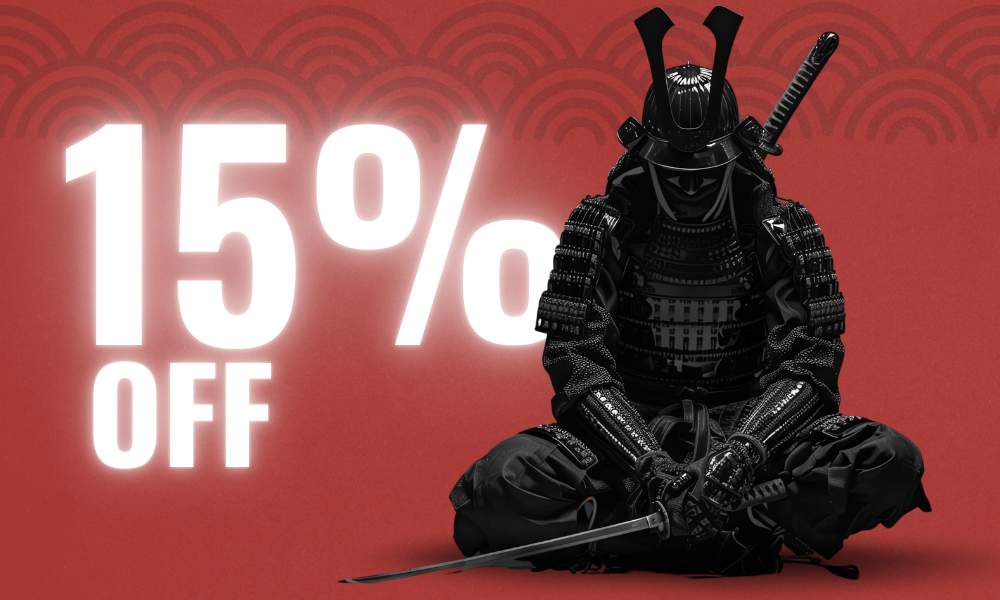A katana is composed of several parts, each contributing to its effectiveness and beauty. These parts include the blade (ha), the back of the blade (mune), the guard (tsuba), the handle (tsuka), and many others. Each part is meticulously crafted to ensure the sword’s balance and functionality.
What is the mune of a katana?
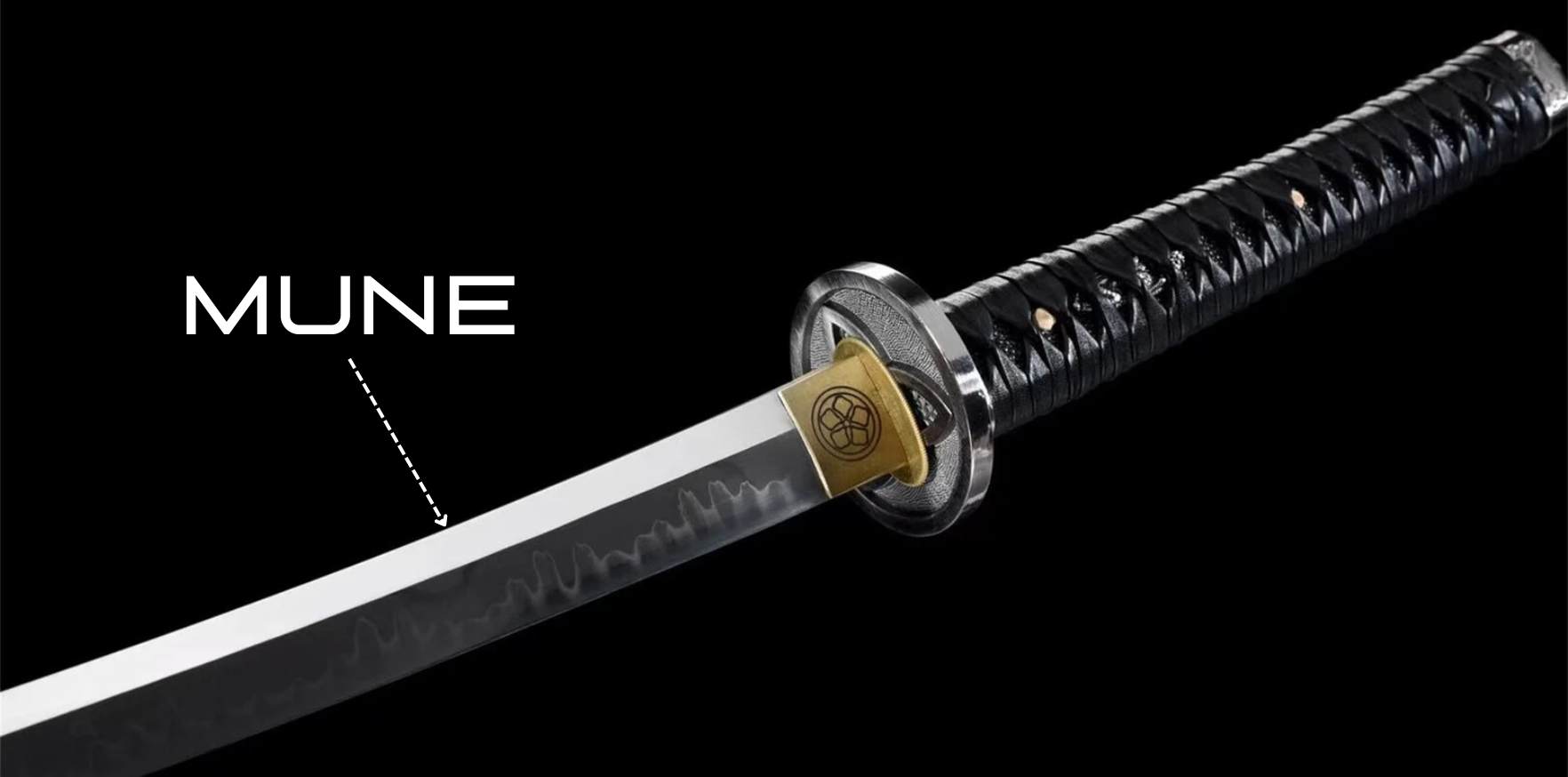
The mune (棟) is the spine or back of the katana blade. While the edge (ha) of the katana is designed for cutting, the mune provides structural support and balance. Think of the mune as the backbone of the sword, giving it the necessary rigidity and strength to perform efficiently.
Types of Mune
Just as there are different styles of katanas, there are various types of mune, each with its own unique characteristics:
Iori-Mune
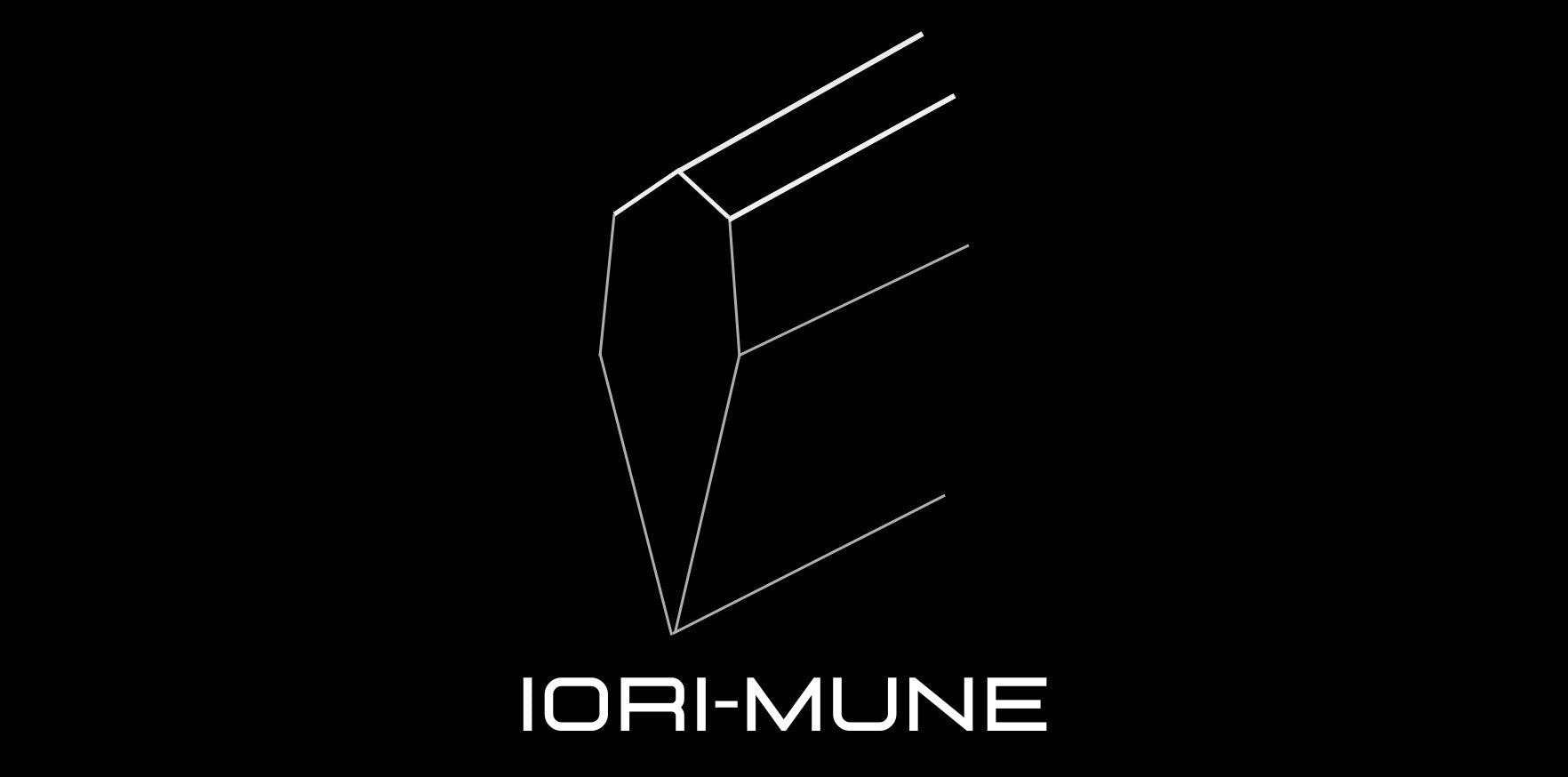
This is the most common type of mune, characterized by a triangular cross-section. It’s simple yet effective, providing excellent balance and strength.
Mitsu-mune
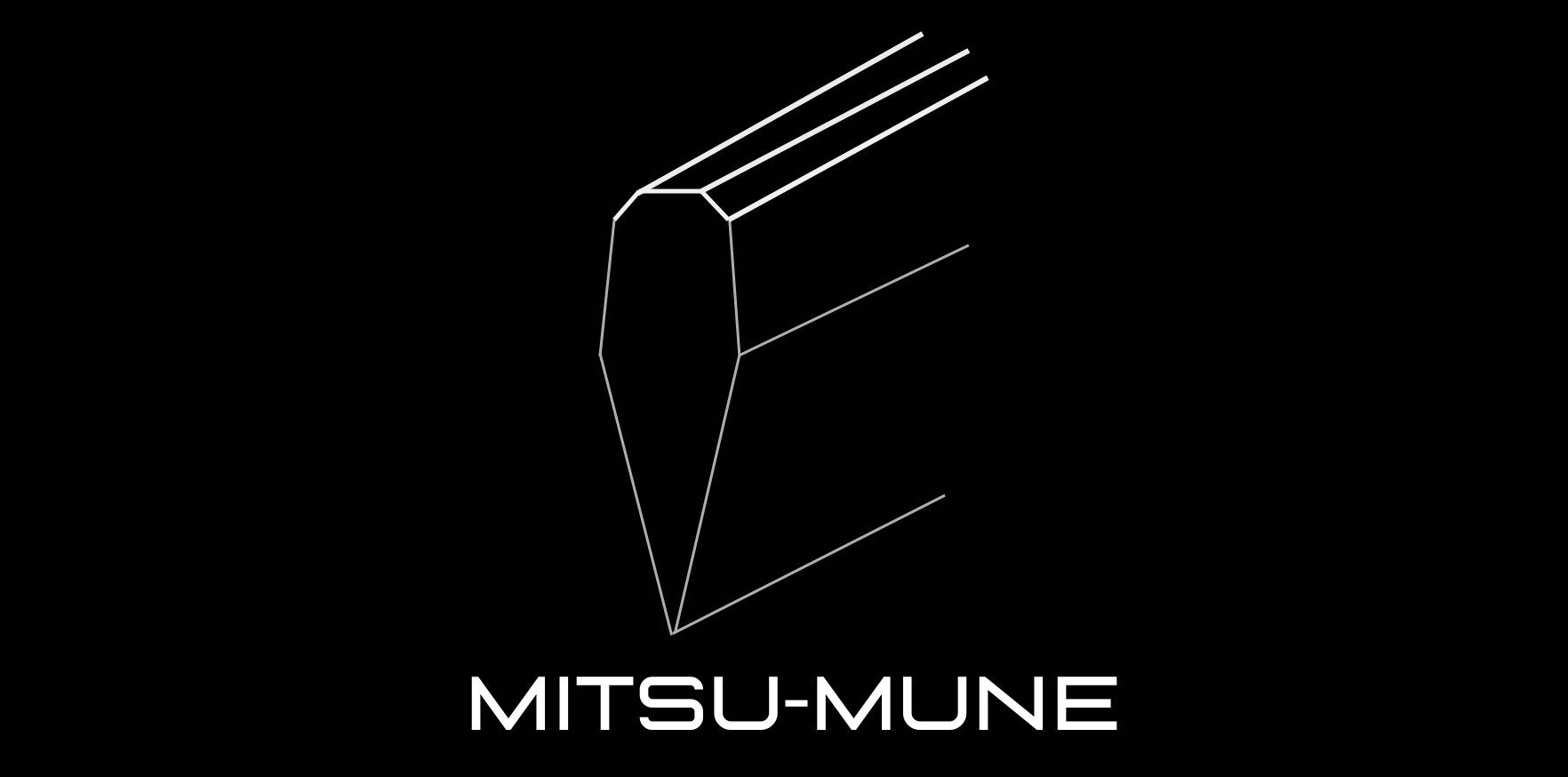
The Mitsu-mune, also known as the three-sided mune, features a triangular cross-section with three distinct sides. This design provides a unique look and additional strength to the blade.
Maru-Mune
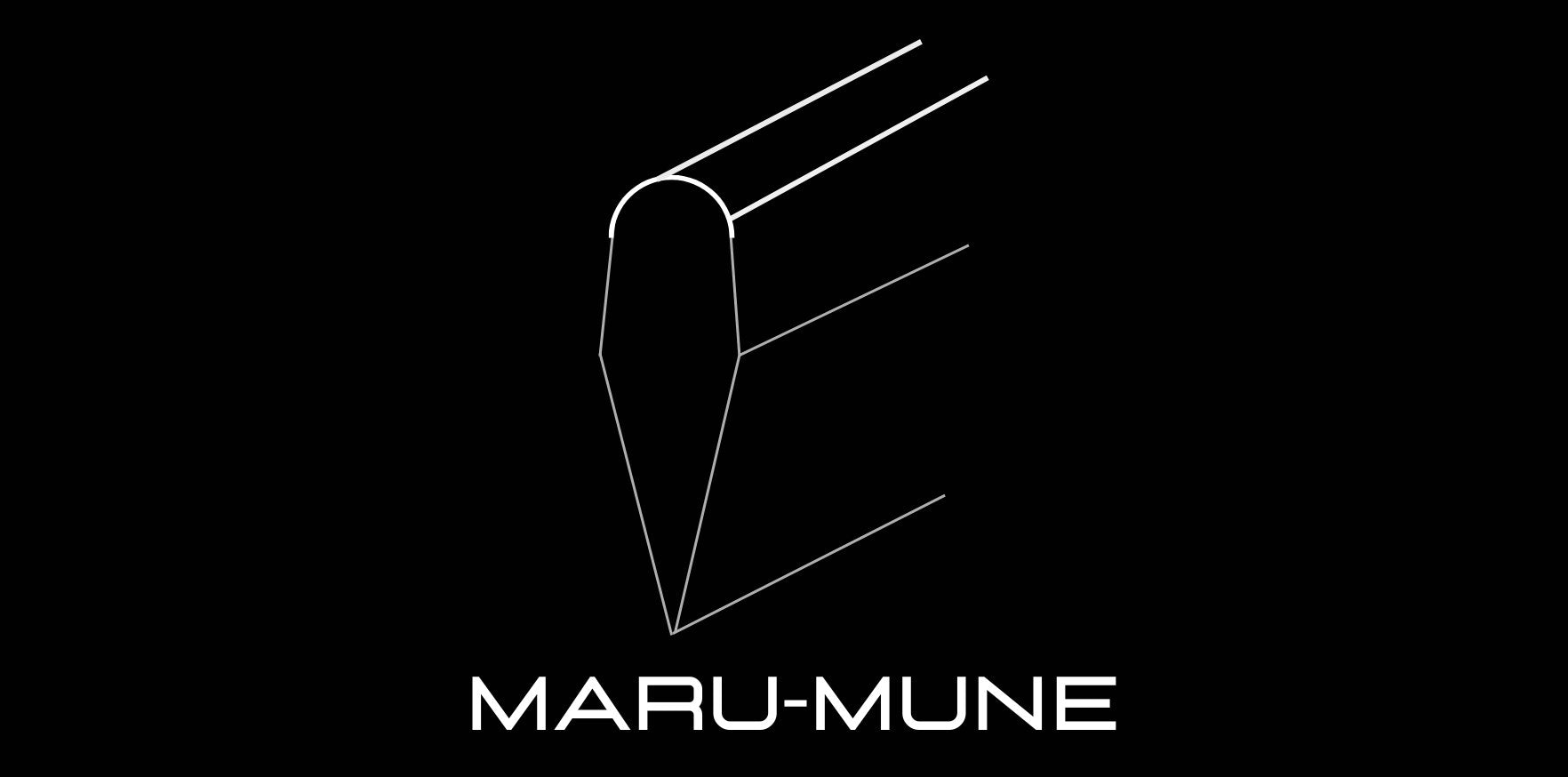
This type features a rounded spine, offering a smoother appearance. While not as strong as the Iori mune, it has its own aesthetic appeal.
Hira-Mune
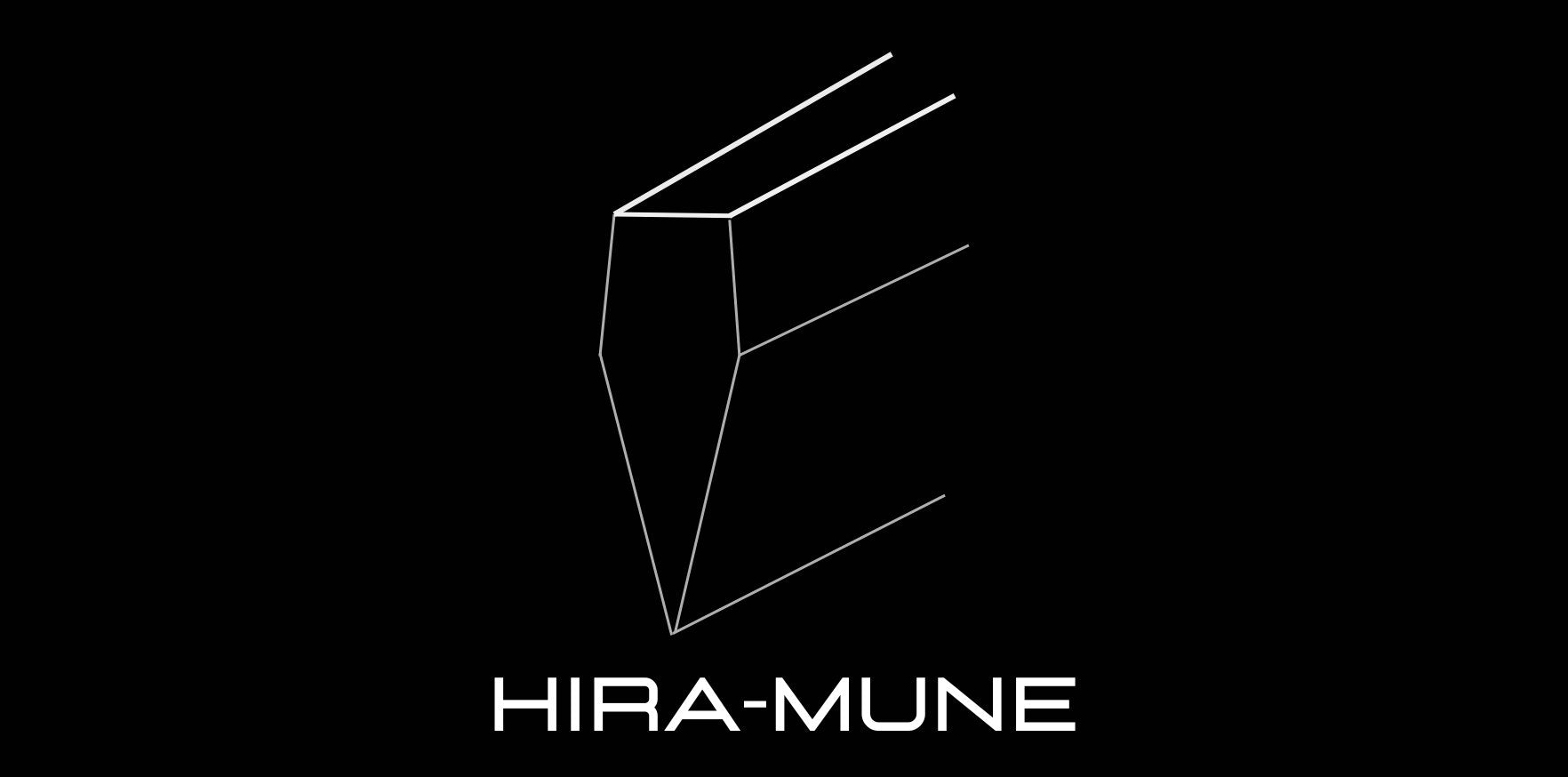
With a square or rectangular cross-section, the Kaku mune provides maximum strength and durability. It’s less common but highly valued for its robust design.
What is the function of the mune
The mune of a katana might be overlooked by many, but it’s an integral part of the sword’s design and functionality. From providing structural integrity to enhancing aesthetic value, the mune plays a vital role in the katana’s overall performance.
Structural Support: The mune provides structural support to the blade, helping to balance the katana. Its thickness and shape distribute stress and prevent the blade from being overly rigid or too flexible. This balance ensures that the katana can withstand the impact of strikes without breaking.
Blade Flexibility: By maintaining a thicker spine, the mune allows the katana to achieve an optimal balance between flexibility and rigidity. This characteristic is crucial during combat, as it ensures that the blade can absorb and distribute force effectively without becoming brittle.
Safety and Handling: The rounded or beveled edge of the mune makes the katana safer to handle. This design feature reduces the risk of injury when drawing or sheathing the sword, providing a more secure grip and handling experience.
Aesthetic Value: The mune is not just functional but also adds to the katana's visual appeal. As seen previously, there are various types of mune, each showcasing the unique craftsmanship of the swordsmith:
- Iori-Mune: The most common type, featuring a flat, rectangular shape.
- Mitsu-Mune: A more complex design with three distinct planes, offering a more ornate appearance.
- Maru-Mune: A rounded spine that provides a softer look and feel.
- Hira-Mune: A unique squared spine plane that provides strong rigidity.
What is the Mune-uchi
Mune-uchi is a term used in Japanese swordsmanship that refers to striking or using the back edge (mune) of the katana. Unlike the sharp cutting edge (ha), the mune is not meant for cutting but can still be utilized effectively in combat and practice scenarios.
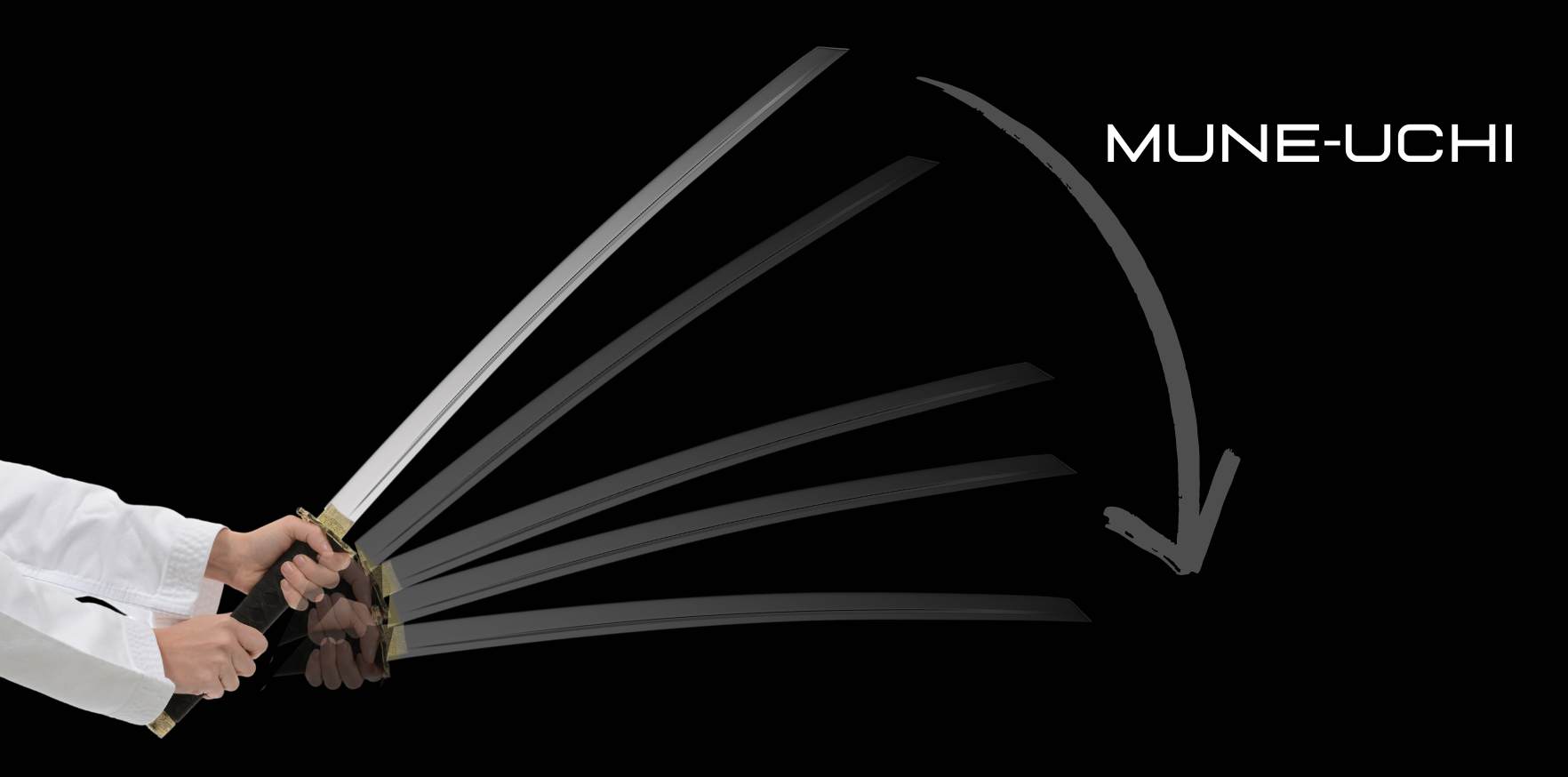
Mune-uchi can be used to control an opponent’s weapon or movements without inflicting lethal damage. In situations where a non-lethal approach is necessary, mune-uchi provides a way to subdue an opponent. Striking with the mune can cause pain and incapacitation without the deadly consequences of using the sharp edge.
Samurai and warriors often needed to subdue opponents without killing them, especially in situations where capturing an enemy alive was advantageous. Mune-uchi provided a method for delivering non-lethal force effectively.
Historical training practices also frequently included methods for safely practicing strikes and techniques. Using the mune allowed practitioners to train more rigorously without causing severe injury to training partners.
Is Mune-uchi Safe?
Mune-uchi, the practice of using the back edge (mune) of a katana, is generally considered safer than using the sharp cutting edge (ha), especially in training and non-lethal combat scenarios. However, the safety of mune-uchi depends on several factors, including the skill level of the practitioner, the specific technique being used, and the context in which it is applied.
While the mune is safer than the cutting edge, strikes with the back of the blade can still cause blunt force trauma. Careful control and precision are required to avoid causing serious injury. Inexperienced practitioners may not have the control or understanding needed to use mune-uchi safely. Proper training and supervision are essential to ensure safe practice. In general, we recommend you to use bokkens, specially designed for training.
If you'd like to learn more about these Japanese sword icons, you can also read our article on the bohi.


